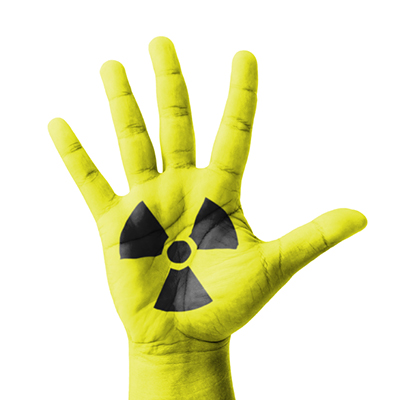
Duty of care
For the past 40 years, since the introduction of the Health and Safety at Work Act (1974), health and safety regulations have specified that a ‘duty of care’ be placed upon people in the workplace to go beyond following procedures and processes and to ensure their workplace activities do not increase the likelihood of harm to themselves or others. In respect of decontamination, there is an explicit expectation that dental professionals will act to ‘Ensure adequate infection control procedures are followed and patients are seen in a safe, clean environment‘. For your decontamination, duty of care rest with your practice’s policies and procedures, record keeping procedures and audit procedures, thus ensuring a process of continuous improvement.
Decontamination Team
Given that the strategic aims for infection control are as stated above, the role of the decontamination lead is to design and communicate policies and procedures and to create audit processes, through which their effectiveness and reliability can be measured. In terms of demonstrating compliance, decontamination processes can be used as evidence for the following Key Lines of Enquiry.
Key Lines of Enquiry
Safe (S6) – What systems, processes and practices are in place to protect people from unsafe use of equipment, materials and medicines?
Responsive (R1) – Are services planned and delivered to meet the needs of people?
Well- led (W1) – Do the governance arrangements ensure that responsibilities are clear, quality and performance are regularly considered, and risks are identified, understood and managed?
Risk Management
Risk management is initially a proactive measure to identify and manage elements which have the potential to cause harm .The decontamination lead must follow an established process in which they:
- Identify hazards.
- Decide who might be harmed and how.
- Evaluate the risks and decide on precautions.
- Record findings and implement them.
- Review and update policies and procedures.
Dental professionals must be well aware of the risks and the necessary control measures. The lead role is to guide and motivate the team to consistently apply all required measures.
Teamwork for Infection Control
The team roles for decontamination are set out in HTM O1-05. Due to the number of roles required for decontamination, a team approach is essential. Each person with hands-on responsibility for infection control procedures requires clearly defined roles and responsibilities, working instructions, training and supervision.
Policies and Procedures
Your practice policy should detail both essential quality requirements as specified in regulations and also best practice – the gold standard.
Having set these policies, a training regime is needed, beginning as an induction process and moving on the meet the GDC requirements for CPD for dental registrants. If your employ a non -registered decontamination technician, it is vital that they are included in decontamination CPD activities.
All staff must receive ongoing training in relation to:
- The prevention and management of blood-borne virus exposure.
- Risk reduction in blood-borne virus transmission and general infection.
- All decontamination and clinical staff must be covered with current immunization with the hepatitis B vaccine, documentation lodged with the Practice Manager.
Policies and procedures must cover cleaning, disinfection, inspection, packaging, disposal, sterilisation, transport and storage of reusable and single-use instruments. It is kept up to date by the Practice Manager.
Quality Assurance and Audit
Quality assurance measures must ensure the maintenance of effective infection control by completing audits and assessments of their infection control measures. These audits should be filed for inspection as part of their risk management system. All audit documents should be stored for at least two years and should not be removed from the premises or destroyed.
A full decontamination policy and procedure can be found on the QCS Management System.




